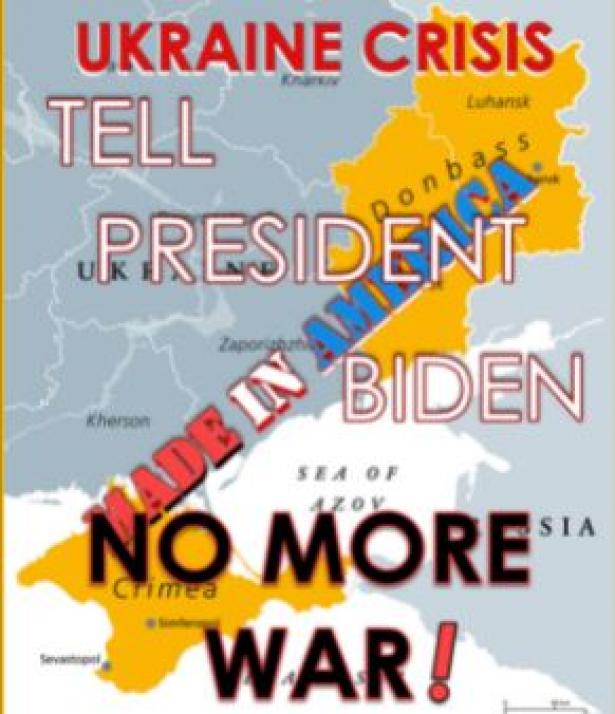
The U.S. media have been saturated by reports of Ukrainian suffering since the Russian invasion of February 24, 2022, and of heroic Ukrainian resistance. Even progressive media outlets and politicians have favored more arms supplies to Ukraine in this climate.
When Congress passed a massive $13.6 billion aid package to Ukraine, at least half of which was designated for military supplies, only three congressmen voted nay. Many of the people who turned up at anti-war demonstrations following the invasion advocated for more weapons supplies to Ukraine or even a no-fly zone.
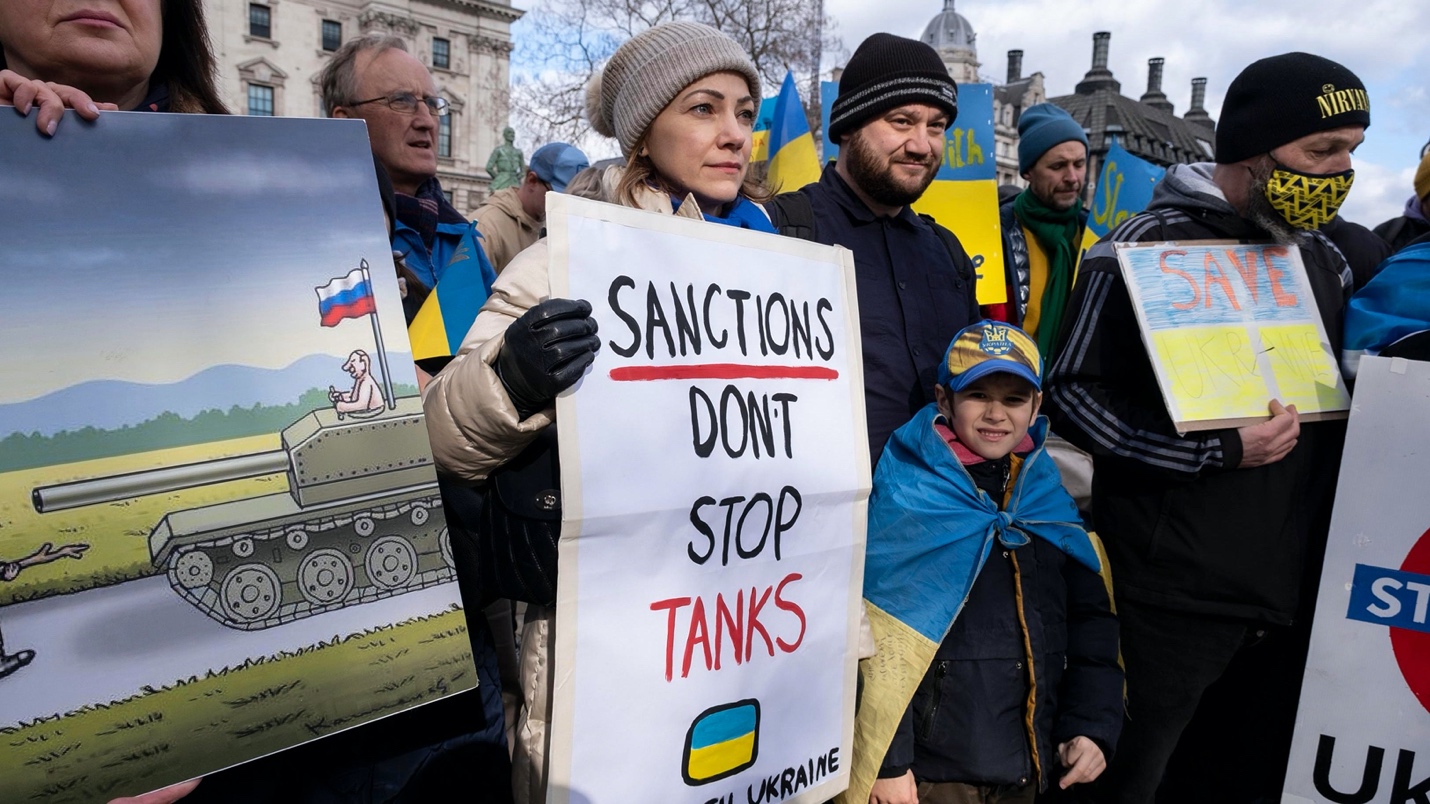
But will these weapons actually end the war by contributing to the defeat of the Russians, or will they prolong it and deepen the suffering of the Ukrainians?
The answer appears to be the latter. Only compassion and compromise will end the suffering, not more killing and wounding, not more millions of refugees and devastation.
Unfortunately, the American media have helped condition the public through its one-sided coverage to support sending more weapons to Ukraine and to deprioritize negotiation and compromise—even if only the latter can help end the suffering and misery of the Ukrainian people.
The Americans are not an example to follow in compromise and compassion. We did not compromise with Native Americans, we did not compromise with the Japanese. We herded Native Americans into reservations in the 1800s and Japanese Americans into concentration camps in 1942 to cite just a couple of well-known no-compassion policies of the United States. And our insistence on unconditional surrender by the Japanese government in 1945 led to the incineration of the people of Hiroshima and Nagasaki.
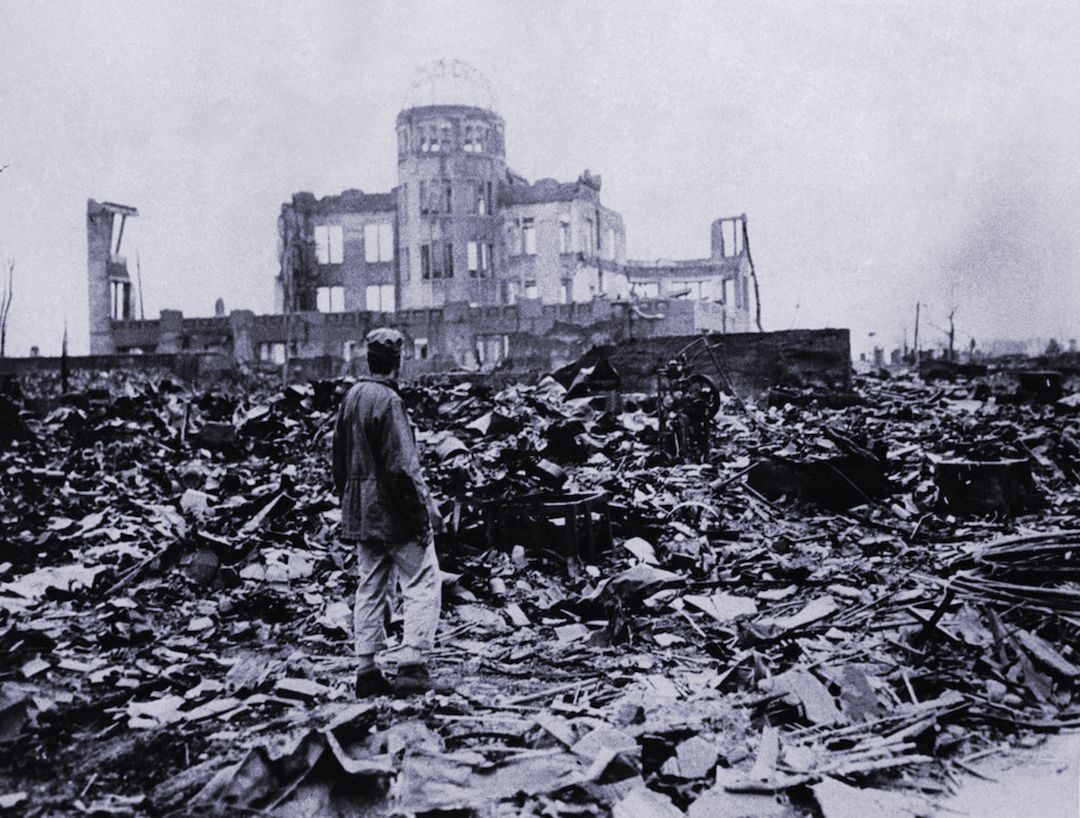
As a child of World War II, I loved the war. Saturday was movie time and some of the films my friends and I watched with excitement were Guadalcanal Diary, The Bombardier, Thirty Seconds Over Tokyo. These stories left us with no empathy for German or Japanese families, victims of 4000-pound bombs that destroyed whole neighborhoods and were proudly called “Blockbusters.” Conversely, we felt pride in our fighting forces for destroying an enemy that threatened our comfortable existence.
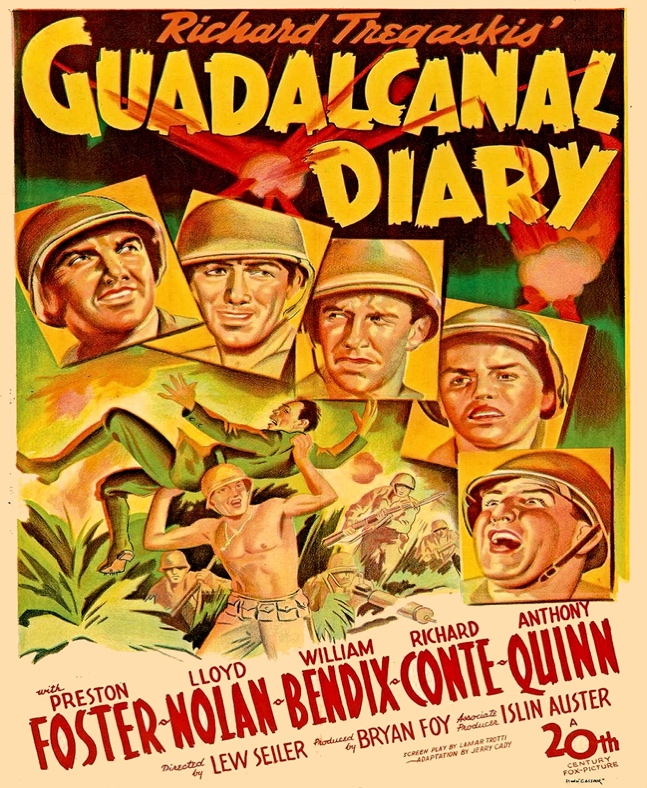
[Source: imdb.com] 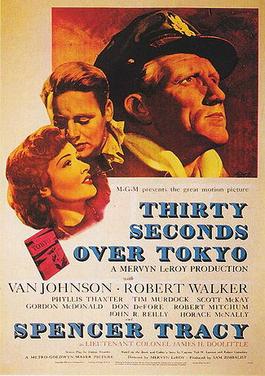
[Source: wikipedia.org]
On the dirt playground of our schoolyard, the favorite game of the boys was a hopscotch-like game we called “War.” We would scratch blocks in the dirt and write in names of countries (Germany, Japan, Morocco, Italy, Russia, China, etc.) in each large block, then hopping on one leg, declare war on a country and pitch the stick into Albania or Egypt, etc., and hop to that block, pick up the stick, still on one leg, and declare war on another nation.
That was in a time when Congress actually voted to declare war. That has morphed into Congress simply voting for money to be used by the authority of one man, the sitting President. No compassion, no negotiations, no compromise—a debate in the House and Senate and a vote for appropriations to conduct the President’s war. No declaration is needed.
I was ten years old when my country used an atomic bomb to incinerate people in Hiroshima and I thought that was terrific. After the second nuclear attack on Nagasaki and the eventual surrender of Japan, I joined hundreds of kids and adults in an unplanned parade in our little Pennsylvania town as I pushed a wheelbarrow containing my pal, Harry, as he waved a small American flag at the cheering crowd.
At 17, I joined the U.S. Navy Reserves while in high school and hitch-hiked to weekly training sessions sixteen miles away. After high school, I asked for a discharge from the Navy to enlist in the U.S. Army. The Cold War was on and I knew for sure the Soviets were evil people. My Catholic Sisters taught of the wickedness of the Godless Communists.
At church, the evils of the USSR and the threat of Communism were frequent Sunday homilies. Newspapers and radio had almost daily reports of individuals considered soft on communism—teachers, writers, stage and film performers would be blackballed, their careers halted or ended.

At age 19, I found myself in the Tyrol mountains of Austria with the 350th Infantry Regimental Combat team prepared to fight the Soviet Union, our former ally in World War II. Austria was divided into zones occupied by Americans, French, British, and Soviet troops.
I was unaware that political negotiations to make Austria a neutral state were ongoing for years. In April 1955, I was selected to be part of a team of 50 infantrymen to participate in the Vienna ceremony to end occupied Austria.
Our train was stopped by the Soviets as we entered their zone. It was my first encounter with Soviet soldiers as they inspected our M1s to be certain they were not loaded. I found them neither unfriendly nor threatening.
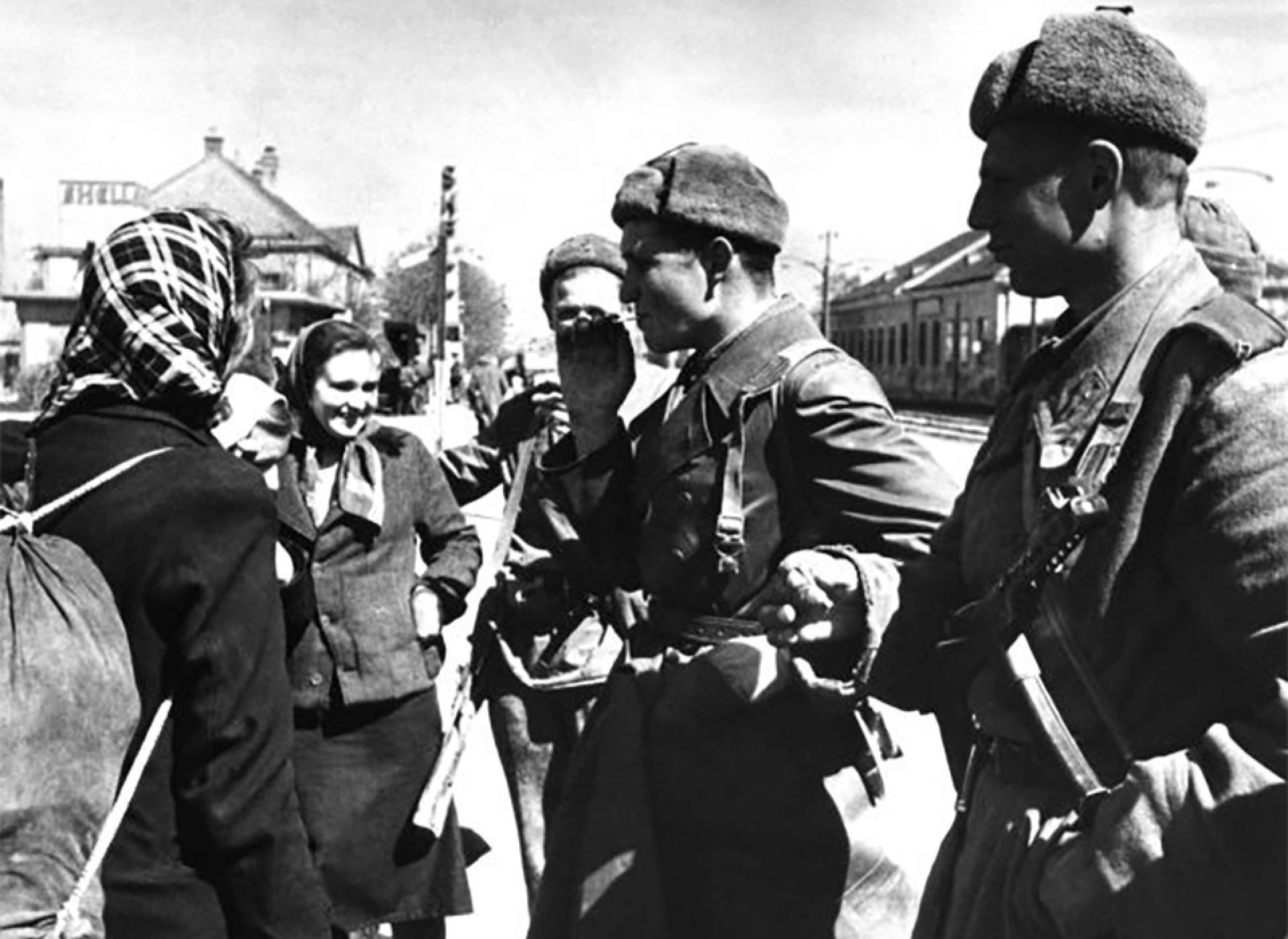
An American Colonel and a British Sergeant Major trained us in a cobblestone barracks for weeks. Taken to a Viennese cobbler, we had horseshoe-shaped cleats nailed to the heels of our boots to sound threatening to the Soviet counterpart soldiers we would soon meet.
Our Colonel told us we were to look lean and mean to the Soviets. Our hair was cut very short, not to show under our steel helmets. We were instructed to look into the eyes of our Soviet counterparts and stare hard and “think the worst of them—let them know they are scum.”
At the ceremony were the infamous Dulles brothers, John Foster and Allen.
On May 15, 1955, led by a military band, we marched in cadence to a large sewer plate in the middle of Vienna’s Schoenbrunn Palace. It was here that a salute from the Soviet Colonel and a salute from our American Colonel would mark the end of foreign occupation of Austria. The Austrian State Treaty declaring their nation as a new neutral nation would begin with that final change of guard of Vienna by American and Soviet forces.
As the bands played—first the Soviet national anthem and then the American national anthem—we were to do our stare. I looked into the eyes of my Soviet counterpart and saw nothing but sadness. His eyes, like mine, were blue. His hair, like mine hidden under my helmet, was blond. I saw no threat, no evil, just a young man who was likely a year or two younger than me, perhaps 17.
That late afternoon, I walked to the USO along the Danube and looked across the river to the Soviet zone. Much of the area was still in rubble from bombings by the Americans and Brits ten years earlier. A bomb-damaged Ferris wheel, in the amusement park called The Prater, stood out.
A look toward the International and American zone was dramatically different. Construction cranes were busy swinging steel beams into place and much of the city had already recovered from the blockbusters and other bombs dropped from sorties of 500 or more planes on numerous occasions from September 1942 to April 1945.
Austrians in the zones other than the Soviet zone accepted Marshall Plan money to rebuild. Once the Soviet forces left Austria in the months after the May 15 Austrian State Treaty, the former Soviet zone quickly rallied and rebuilt.
The Austrian State Treaty came as a surprise to the West. History books in the United States make little of this Soviet concession to leave Austria. For the Soviets, Austria as a neutral state was a strategic win. As a demilitarized buffer state, Austria would help thwart Western invasions of mother Russia.
Historically, Russia and the Soviet Union have been invaded multiple times by the West. From Napoleon’s burning of Moscow in 1815 to the German declaration of war against Russia in 1914 (even the Americans invaded Russia in 1919 after the Bolshevik Revolution) followed by the largest invasion force in history with three million German troops invading the USSR in 1941. The USSR was crushed across a 1,000-mile front; no nation in history recorded as many deaths as it did with estimates of 20 million dead and its homeland laid waste by the “West.”
Returning to Austria numerous times over the decades since the Austrian State Treaty of 1955 declaration of neutrality, I found Austria sound and prospering. Not having to waste money on weapons and supporting a large military force, Austrians focused on manufacturing medicines, vehicle parts and cars, broadcasting equipment, electrical transformers and other useful products, not instruments of death and destruction.
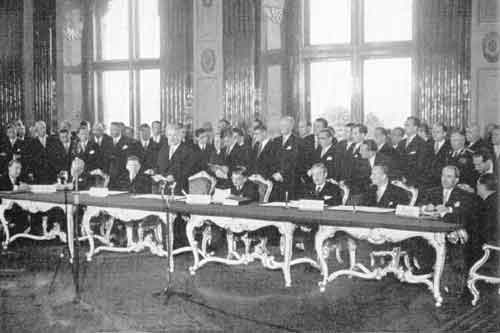
Casual observation of healthy children in schools and in the streets brought back memories of our live-fire exercises along the Soviet-controlled Czech border in the winter of 1955. We were doing a war exercise with live ammunition and piles of spent 30 caliber shells from our water-cooled and air-cooled machine guns were piled up at our various positions of fire.
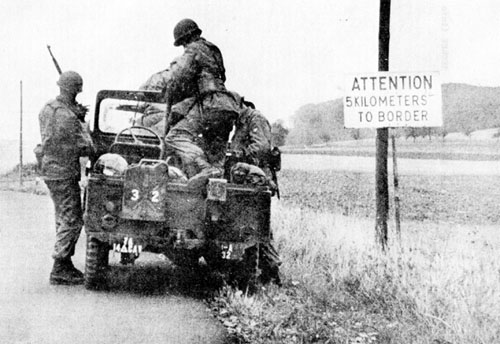
During a lull in our activities, a woman in a long coat and babushka emerged from the woods with two children. There was still some snow on the ground but her 12-year-old boy wore shorts and the little teenage girl had a dress and a light sweater.
The mother had a gunnysack and asked in German—pointing to the brass spent cartridges—if she could have the shells. As she and the children picked up the shells, I noticed both children seemed unsteady and the boy’s knees were swollen and legs bowed. Our medic said the children were classic rickets subjects and that he often saw similar cases. He explained that malnutrition during pregnancy and in infant years resulted in rickets and it was widespread in Germany and Austria from the war years.
Today, neutral, non-militarized Austria is ranked the fourth healthiest nation in the world after South Korea, Taiwan and Denmark.
Economically, the World Bank shows Austria with a stronger per capita income than that of prosperous Canada.
Ukrainians have so far succeeded in resisting Russian military advances and are intent on remaining an independent nation—which it should continue to be but not in the same context as pre-invasion.
A Western Ukraine, neutral, free from Russian troops, with Kyiv remaining the capital, should be drawn by agreement with the Russian government. The Biden administration in turn should support this.
It is time for a reasonable, peaceful agreement that would remove all NATO considerations in Ukraine. Admission of the new nation of Western Ukraine into the European Union would follow Austria, Sweden and Finland as EEC neutral nations in a buffer zone easing Russia’s justified paranoia of historic Western aggression.
As part of any diplomatic settlement, Ukraine should allow Eastern Ukraine to be autonomous and sustain its close cultural and economic ties with Russia.
Two Ukraines could ultimately work. Creation of a demilitarized Eastern and Western Ukraine would halt the bloodshed that at this moment in history is unrelenting.
The elephant in the room, however, is whether the U.S. will allow such a fair and just settlement to the conflict.
The military-industrial complex benefits from sustaining the conflict and having Russia as a bogeyman and enemy of the U.S. that can justify huge military budgets. In a recent article in The Grayzone, Alex Rubinstein detailed how Ukraine has become a major arms bazaar and mecca for mercenary fighters, writing that the U.S. foreign policy elite yearns for an “Afghan-style insurgency in Ukraine.”
The article included a quote from former special adviser to the Secretary of Defense Colonel Douglas Macgregor who said: “It looks more and more as though Ukrainians are almost incidental to the operation in the sense that they are there to impale themselves on the Russian army and die in great numbers, because the real goal of this entire thing is the destruction of the Russian state and Vladimir Putin.”
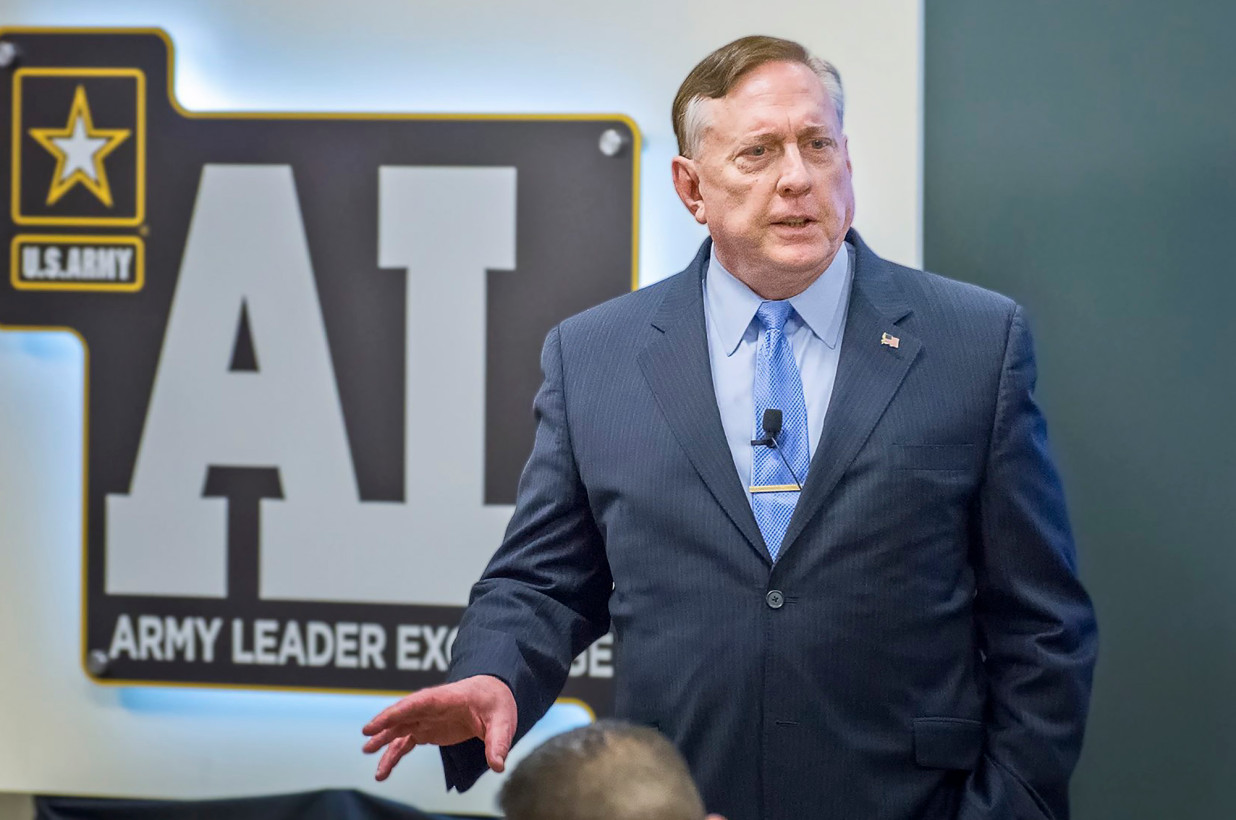
These comments suggest that Ukraine is being used as a pawn in the new Cold War and that the U.S.—just as in World War II and the original Cold War—stands as a major impediment to a diplomatic solution that would ease the plight of the Ukrainian people.

CovertAction Magazine is made possible by subscriptions, orders and donations from readers like you.
Blow the Whistle on U.S. Imperialism
Click the whistle and donate
When you donate to CovertAction Magazine, you are supporting investigative journalism. Your contributions go directly to supporting the development, production, editing, and dissemination of the Magazine.
CovertAction Magazine does not receive corporate or government sponsorship. Yet, we hold a steadfast commitment to providing compensation for writers, editorial and technical support. Your support helps facilitate this compensation as well as increase the caliber of this work.
Please make a donation by clicking on the donate logo above and enter the amount and your credit or debit card information.
CovertAction Institute, Inc. (CAI) is a 501(c)(3) non-profit organization and your gift is tax-deductible for federal income purposes. CAI’s tax-exempt ID number is 87-2461683.
We sincerely thank you for your support.
Disclaimer: The contents of this article are the sole responsibility of the author(s). CovertAction Institute, Inc. (CAI), including its Board of Directors (BD), Editorial Board (EB), Advisory Board (AB), staff, volunteers and its projects (including CovertAction Magazine) are not responsible for any inaccurate or incorrect statement in this article. This article also does not necessarily represent the views the BD, the EB, the AB, staff, volunteers, or any members of its projects.
Differing viewpoints: CAM publishes articles with differing viewpoints in an effort to nurture vibrant debate and thoughtful critical analysis. Feel free to comment on the articles in the comment section and/or send your letters to the Editors, which we will publish in the Letters column.
Copyrighted Material: This web site may contain copyrighted material the use of which has not always been specifically authorized by the copyright owner. As a not-for-profit charitable organization incorporated in the State of New York, we are making such material available in an effort to advance the understanding of humanity’s problems and hopefully to help find solutions for those problems. We believe this constitutes a ‘fair use’ of any such copyrighted material as provided for in section 107 of the US Copyright Law. You can read more about ‘fair use’ and US Copyright Law at the Legal Information Institute of Cornell Law School.
Republishing: CovertAction Magazine (CAM) grants permission to cross-post CAM articles on not-for-profit community internet sites as long as the source is acknowledged together with a hyperlink to the original CovertAction Magazine article. Also, kindly let us know at info@CovertActionMagazine.com. For publication of CAM articles in print or other forms including commercial internet sites, contact: info@CovertActionMagazine.com.
By using this site, you agree to these terms above.
About the Author

Jack is an anti-drone activist.
His plays and novels focus on young men and women who resist war. You can read more at www.bensalmon.org.
Jack can be reached at: jgilroy1955@gmail.com.

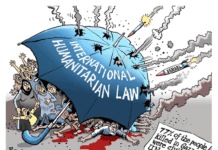
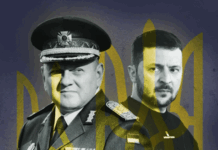
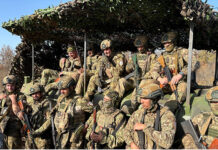
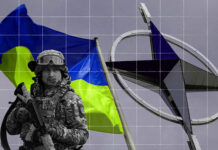

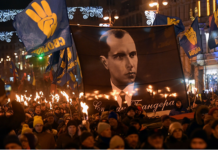
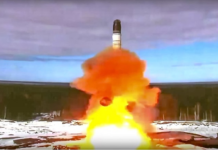



[…] Jack Gilroy, published on Covert Action Magazine, April 8, […]
Between absorbing Ukraine in Nato and exploiting their rather small economy, or getting Russia to implode, I think the US by far prefers the latter. The US will fight to the last Ukrainian. Sorry, Ukraine!
Ana Sanesse is right, but I’d like to clarify one point. It is something I said back in 1990, at the end of the Soviet Union: “the Cold War has NOT ended and will NEVER end.” The War Industry cannot allow it. Politicians are and will always be on the side of the War Industry. This is why I keep saying to all those who genuinely want a fair woeld: “do everything you can to rid the world of Militarism, Armed Forces, War Industry.” Join HUFUD.
The “Ukrainians” include many Nazis, which is not mentioned. The whole Cold War fanatical hatred by the USA was not necessary and considering that the USSR really won WW2 and that the USA suffered NO civilian deaths or damage to itself, this devastating Cold War hatred has finally led to this situation where the USA crossed the globe to take over a country right next door to Russia, just to destroy Russia. Go HOME Yanks and solve your own problems.
[…] U.S. Leaders Claim to Care About Ukrainians, But Will They Make the Compromises Necessary to End the… […]
Why should America make efforts to stop the war when America is the No.1 country who concocted the war, with Russia and the rest of the criminal UN Security Council? the US wants the war, needs the war, same as Russia, China, France and UK. What’s the point in having a War Industry if you don’t organise wars?alalb